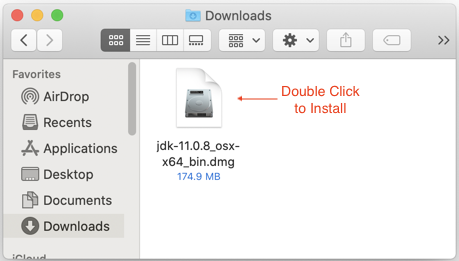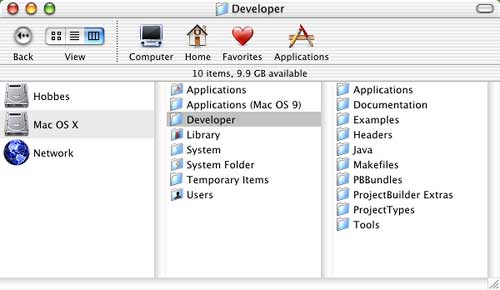

I ran speed checks on both wired and wired networks, with roughly the same results. I then disconnected the wired network, and connected to my local WiFi network with no trouble. I should note that I am doing this with a standard 1920x1080 HDMI display, a cordless keyboard and mouse connected via a Logitech Unifying USB receiver, and a wired (RJ-15) network connection. Performance up to this point seems quite reasonable.

Logging in then resulted in a very standard looking Ubuntu 20.10 desktop: When that was finally done, I was presented with the standard Ubuntu login screen. The system configuration process then ran for a few minutes, with a propaganda slide show running on the screen. It then started a System Configuration dialog which consisted of: When I booted it I saw messages about the root filesystem being expanded, as expected, and then the standard Ubuntu 20.10 "Groovy Gorilla" wallpaper came up.
#Java mac os 9.2 free#
When you boot this SD card in a Raspberry Pi, the first thing it will do is expand that ext4 partition to fill the rest of the free space, so if you want to do something clever with the remaining space on the SD card, such as make another separate partition, this is the time to do it.įor purposes of this initial test, I put the SD card into a Raspberry Pi 4 with 4GB of memory. This will result in the SD card having a 256MB fat32 partition containing the boot information, and a 7.9GB ext4 partition containing the Ubuntu desktop image. status=progress tells dd to show a periodic summary of the data transfer.oflag=direct tells dd to use direct I/O operations for the data.
#Java mac os 9.2 full#
iflag=fullblock tells dd to accumulate full blocks on the input before proceeding to the output.of=/dev/sd X tells dd where to write the output you need to replace the X with the device identifier for the SD card on your system be very careful about this, because putting the wrong character here can have catastrophic consequences.bs=4M tells dd to read/write the data in blocks of 4 Megabytes.dd is the Linux raw copy utility, which will actually write the data to the SD card.
#Java mac os 9.2 download#
#Java mac os 9.2 install#
The first part of this task is simply deciding what version of Ubuntu to install – and that is nowhere near as easy as it sounds. The most popular programming languages and where to learn them.


Python team delivers three 'cursed' updates.Log4j: Google and IBM call for list of critical open-source projects.


 0 kommentar(er)
0 kommentar(er)
